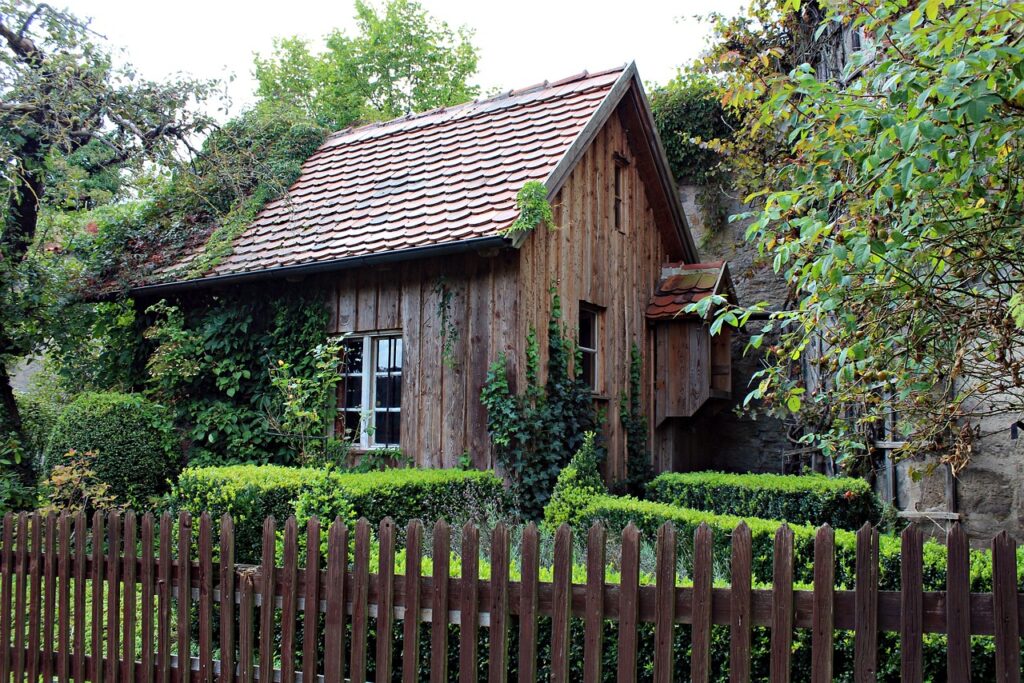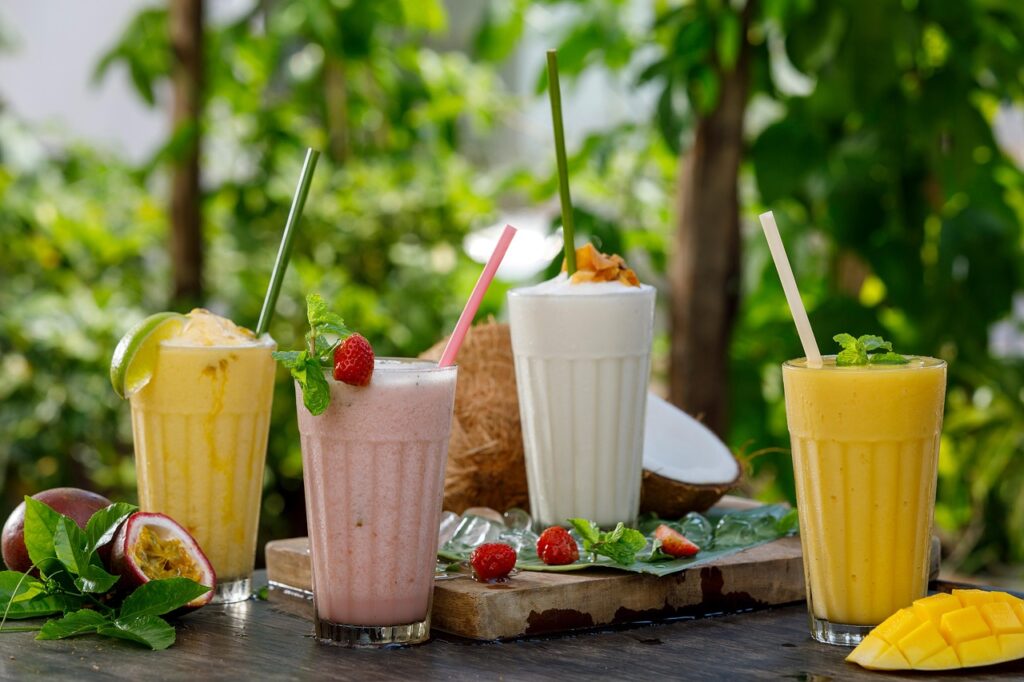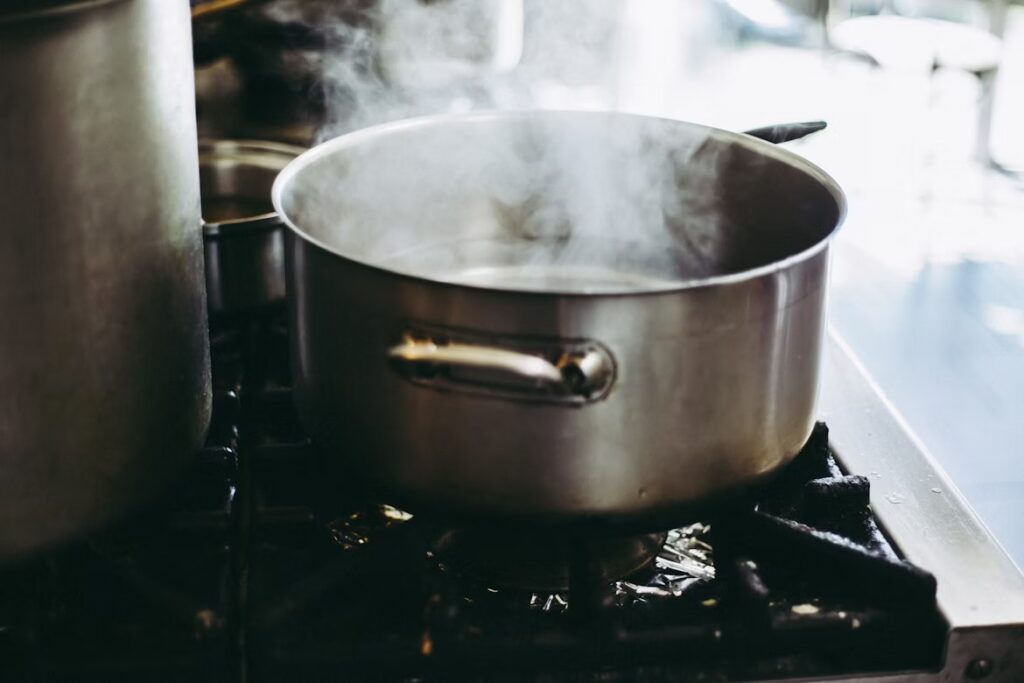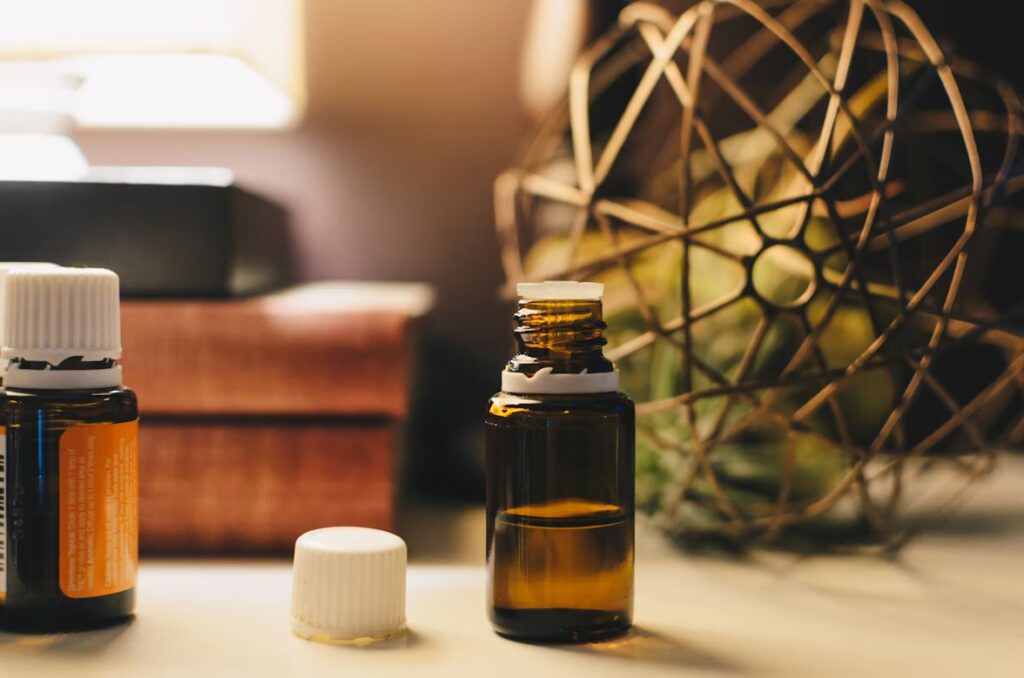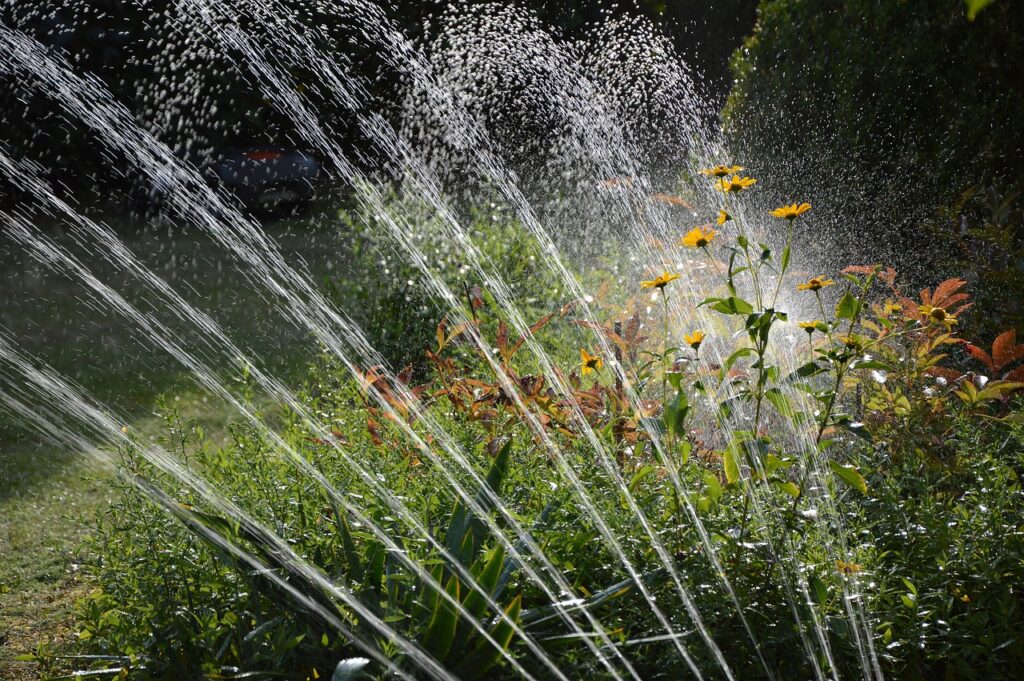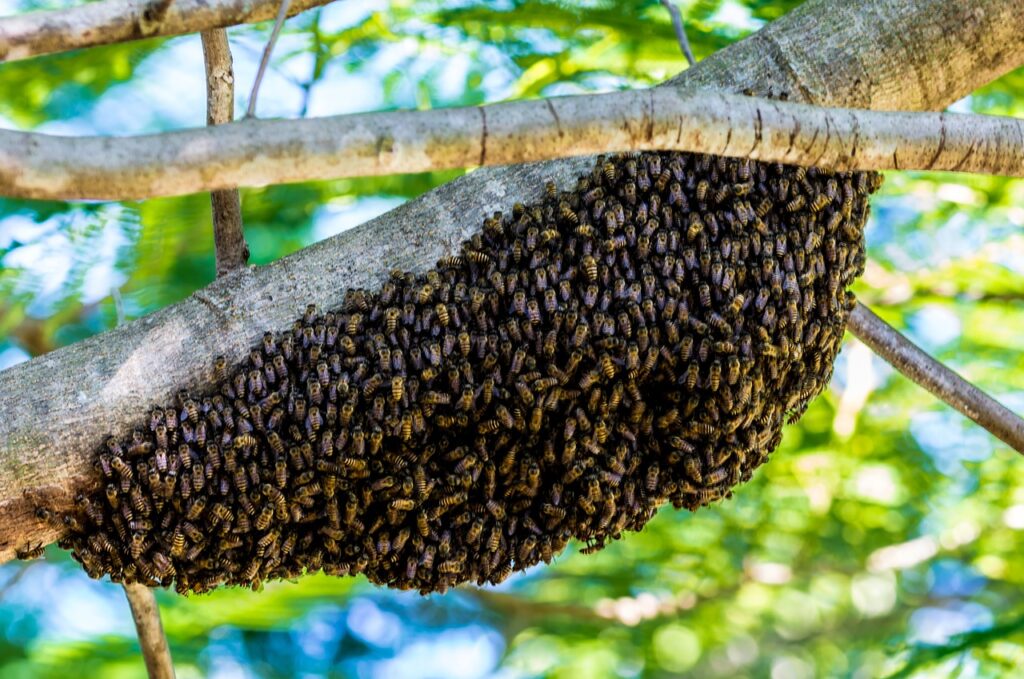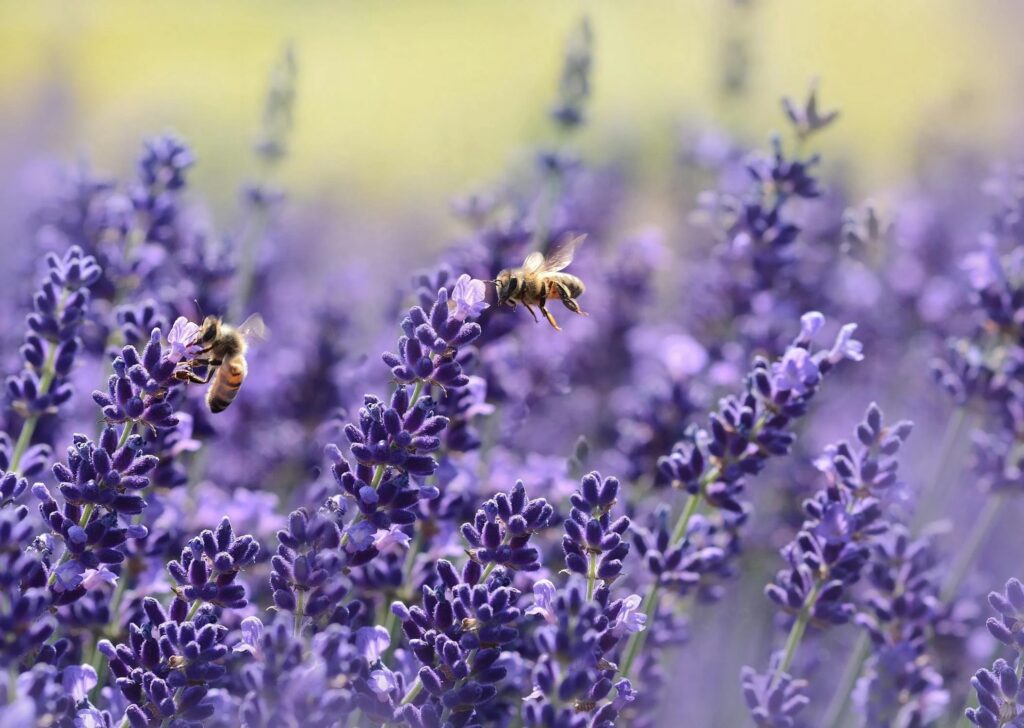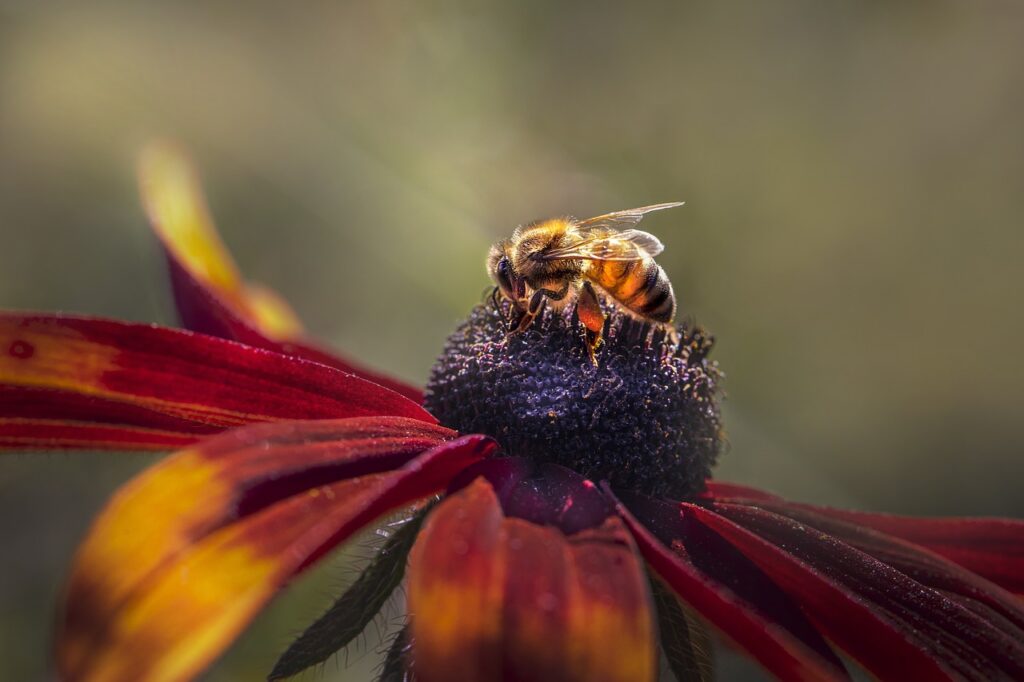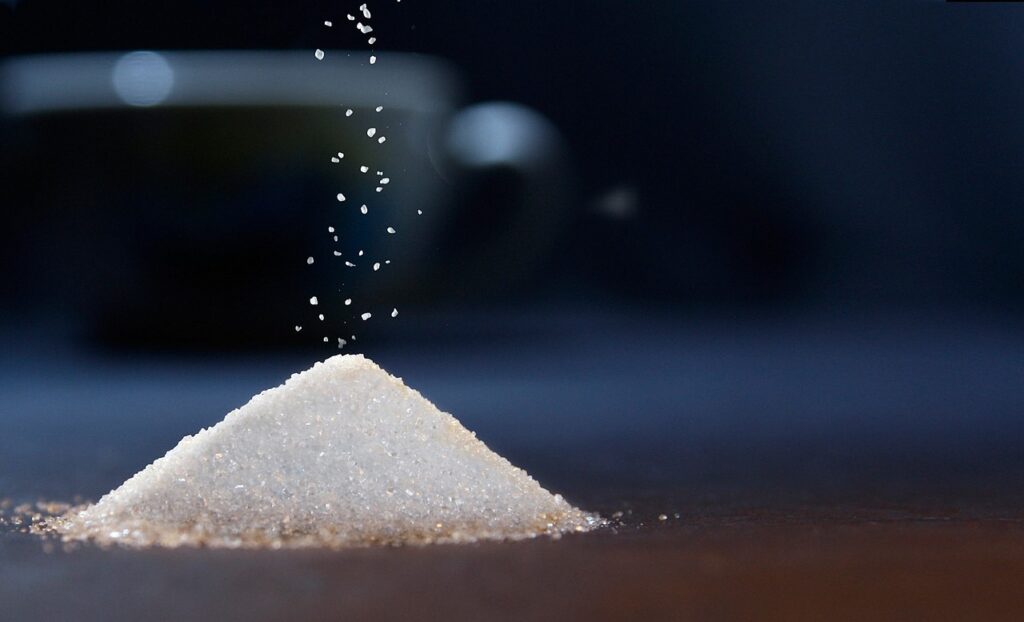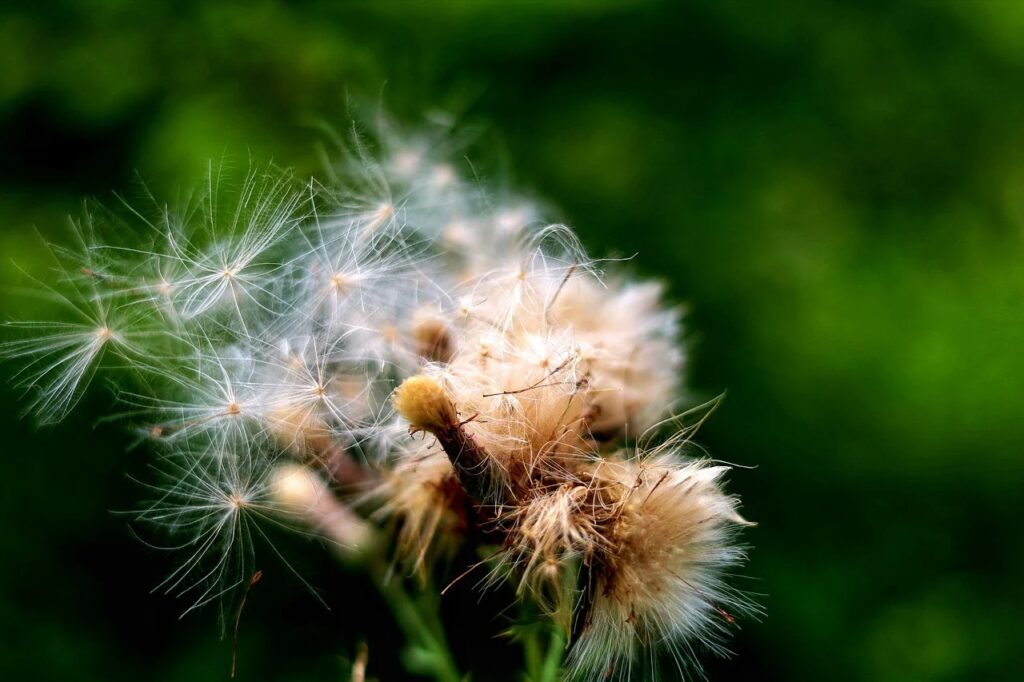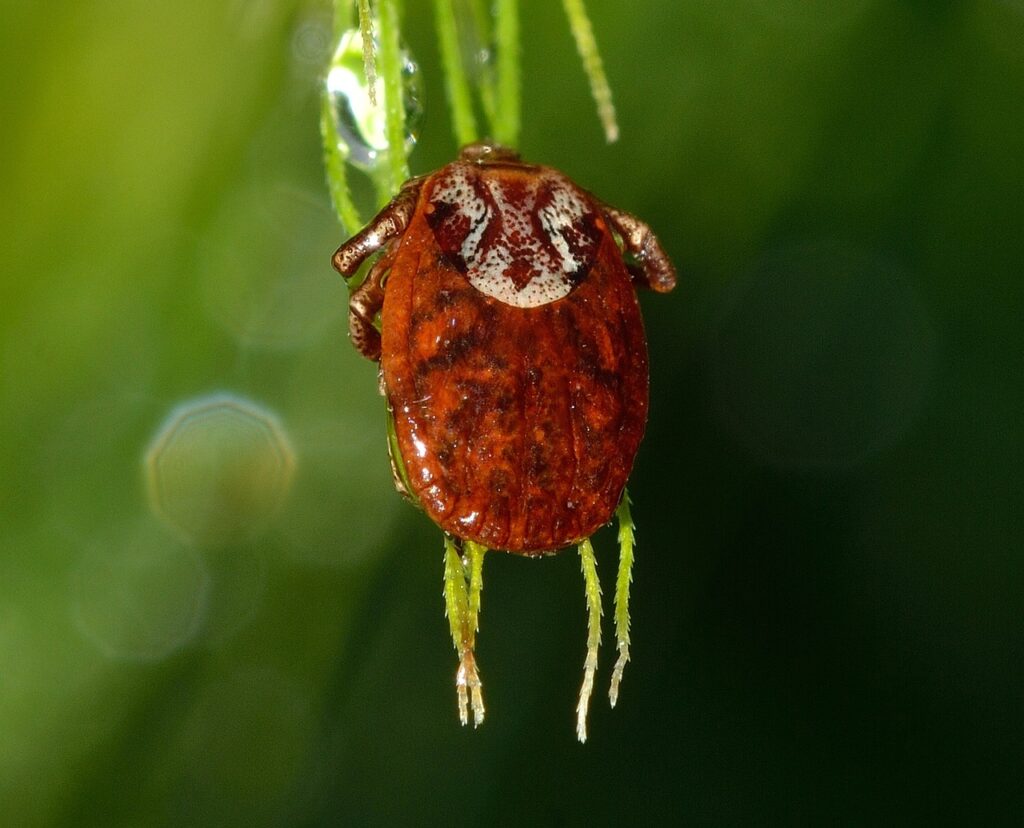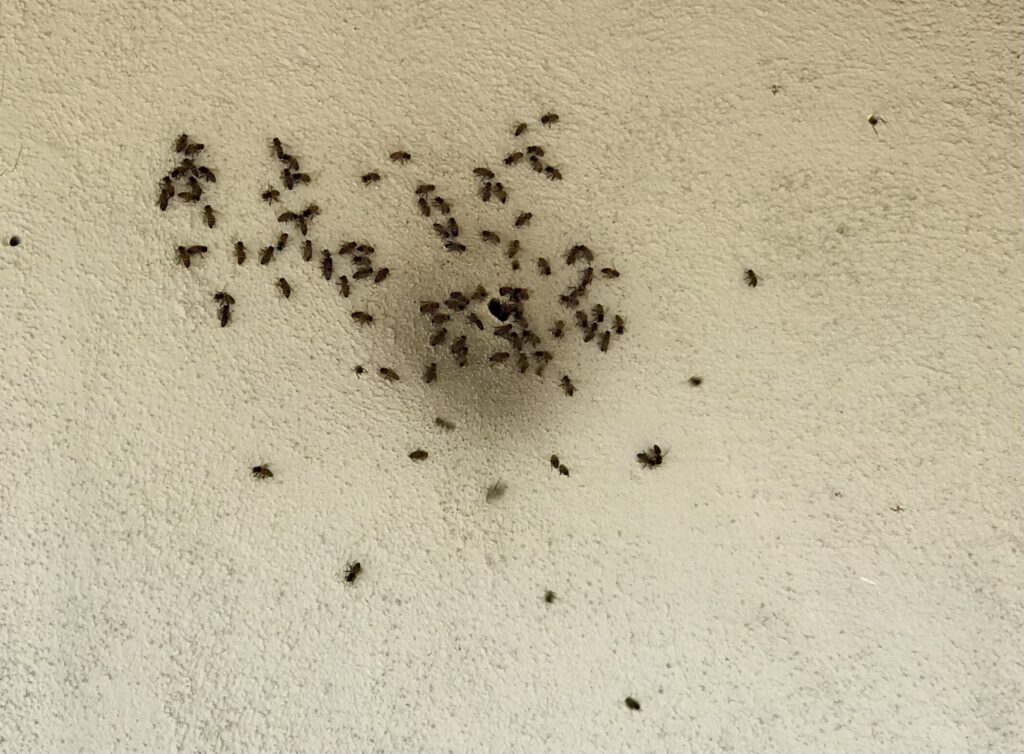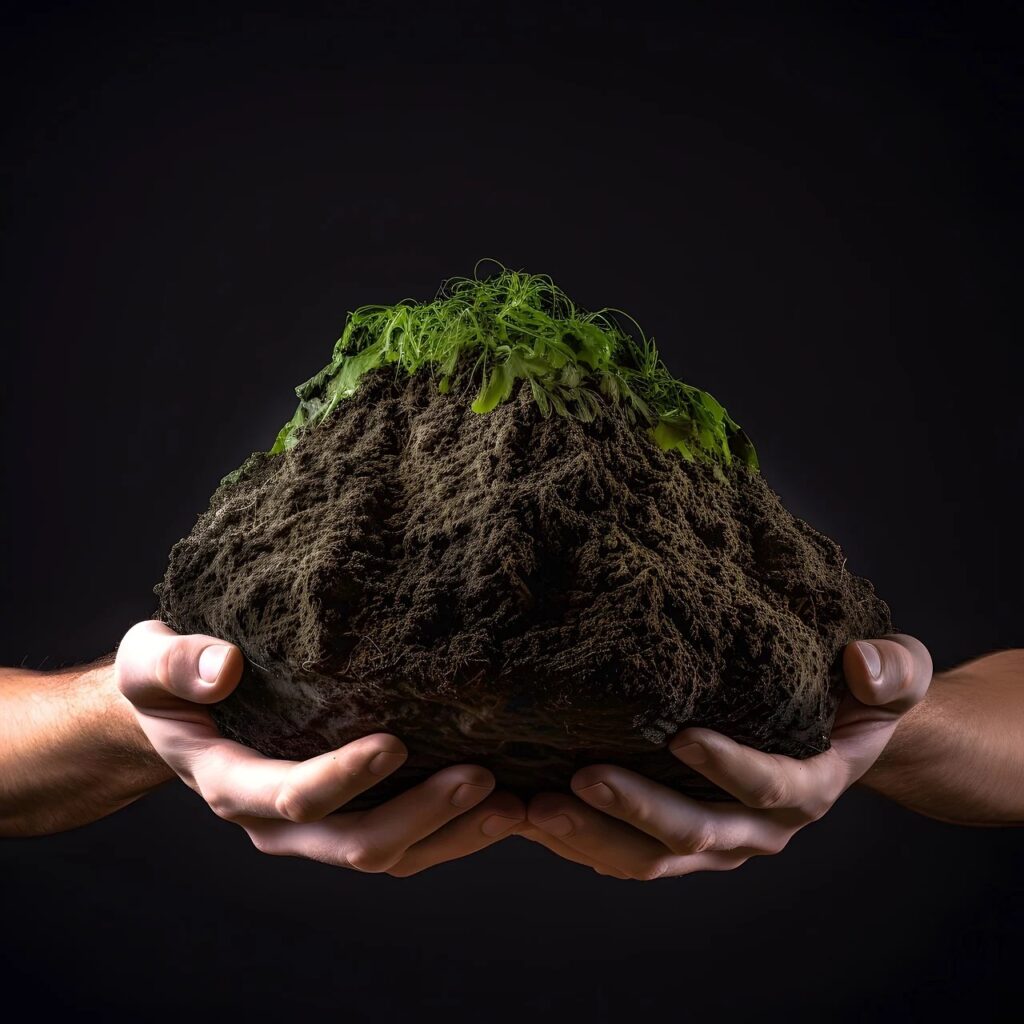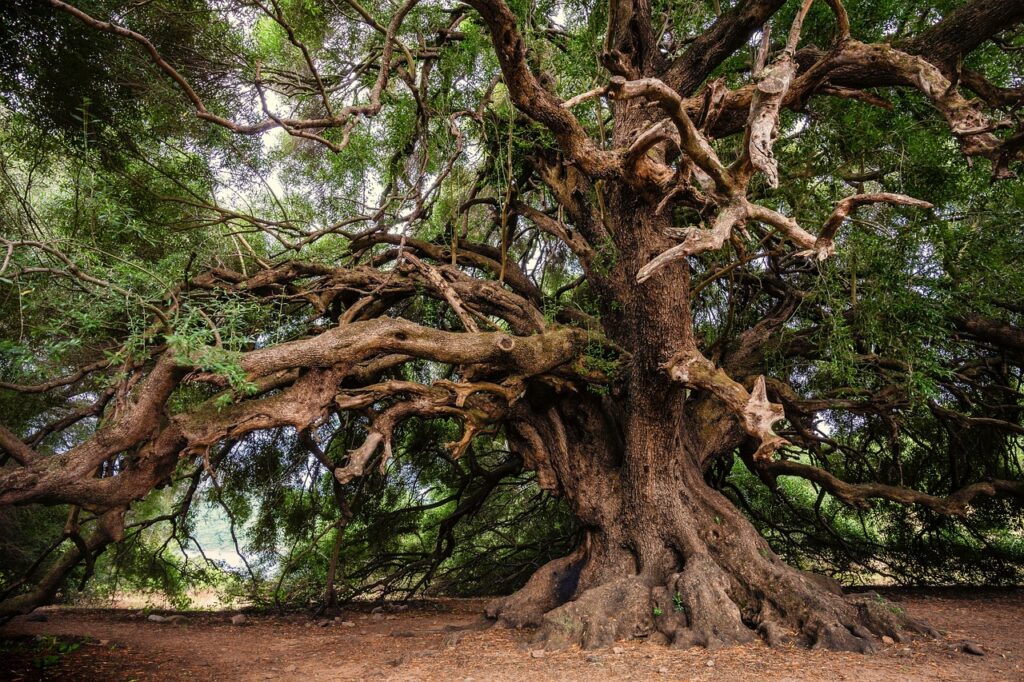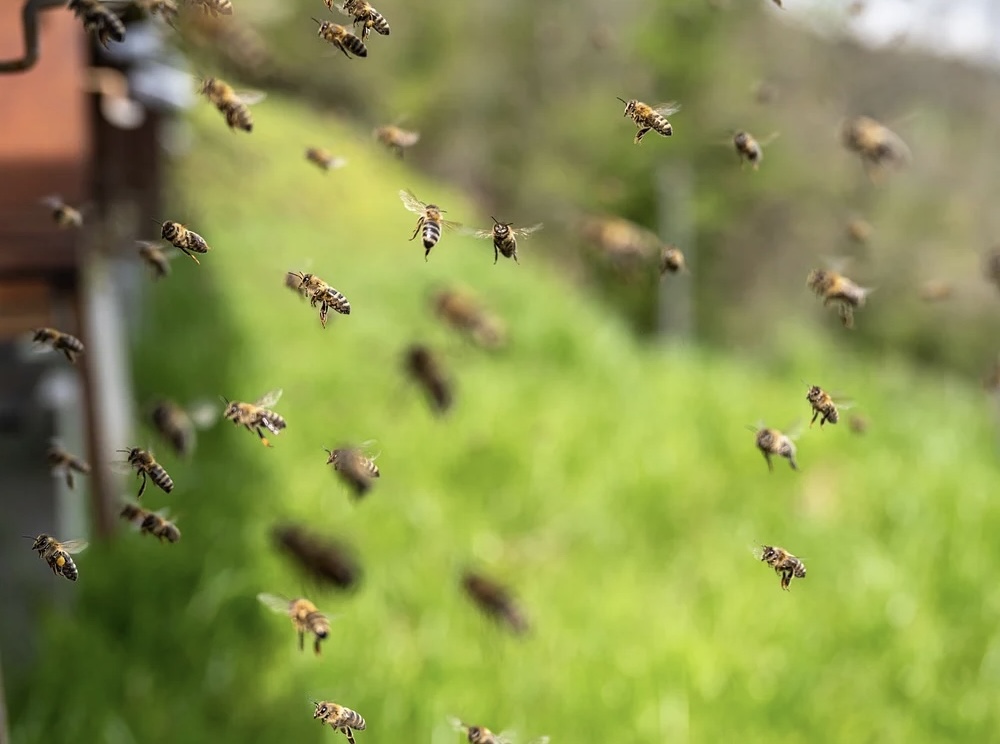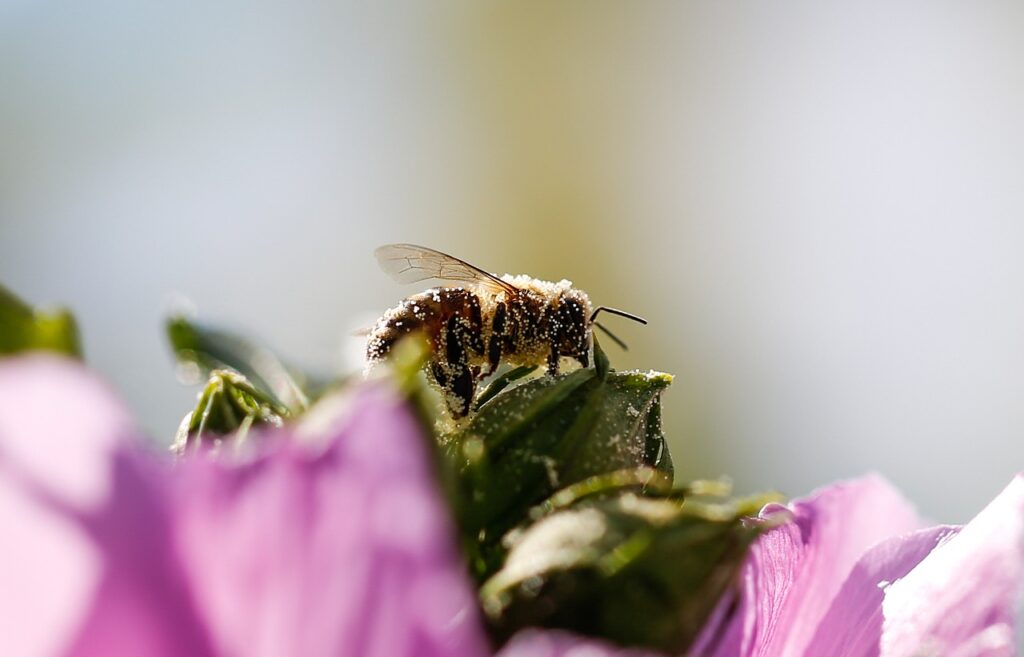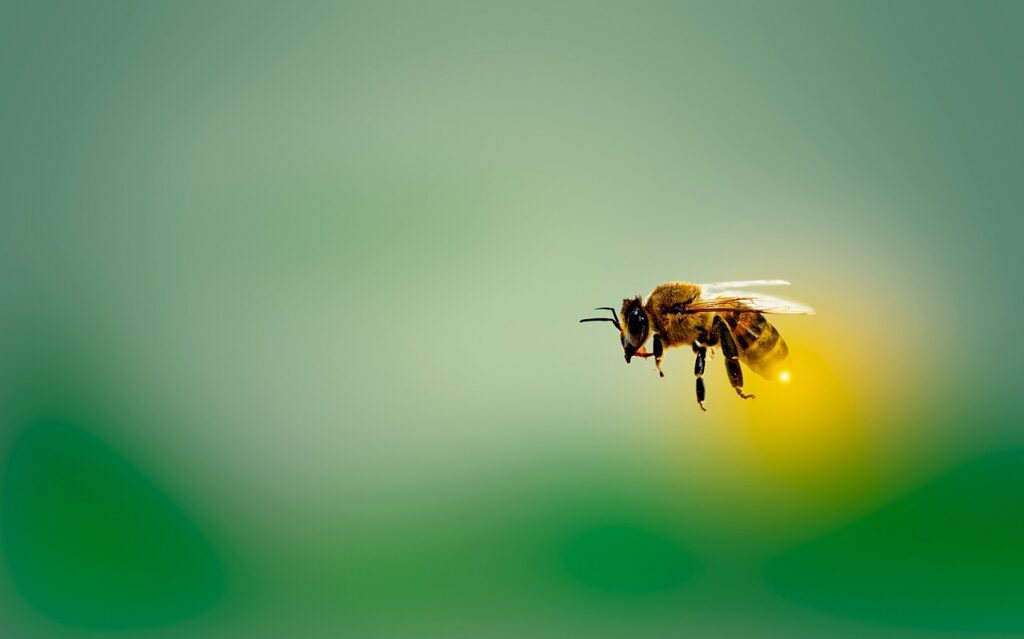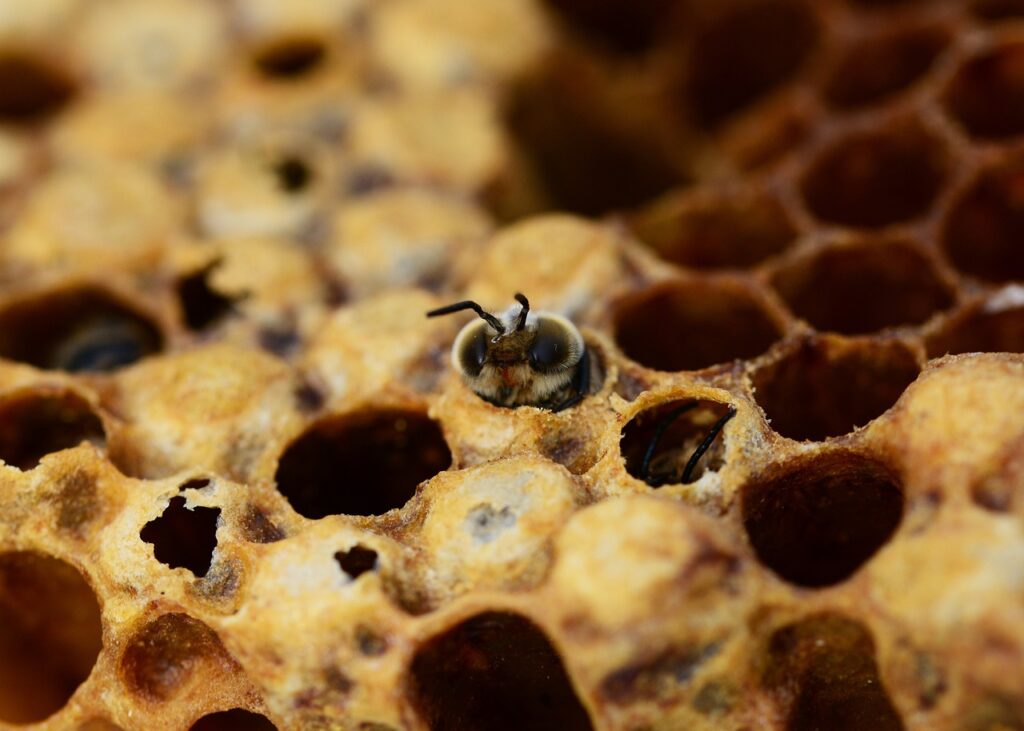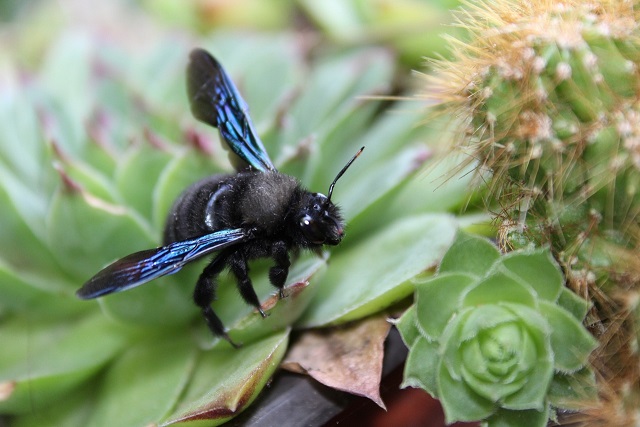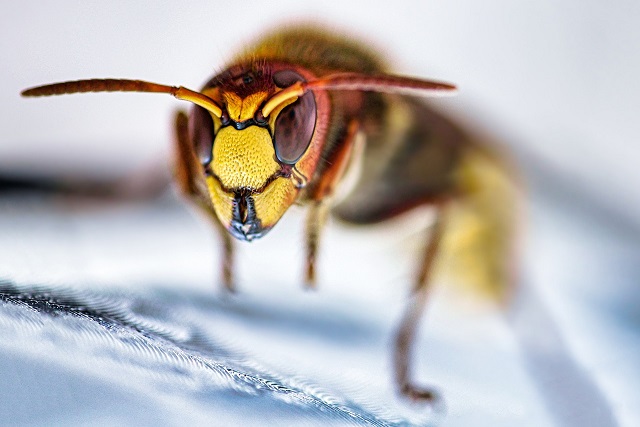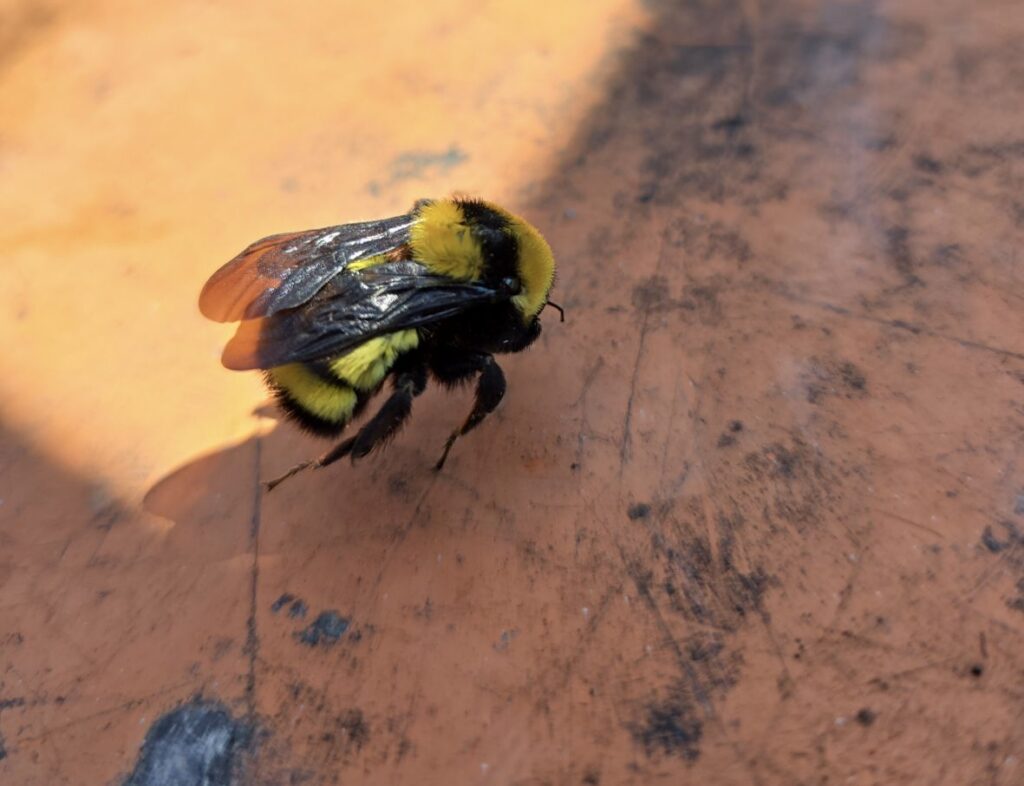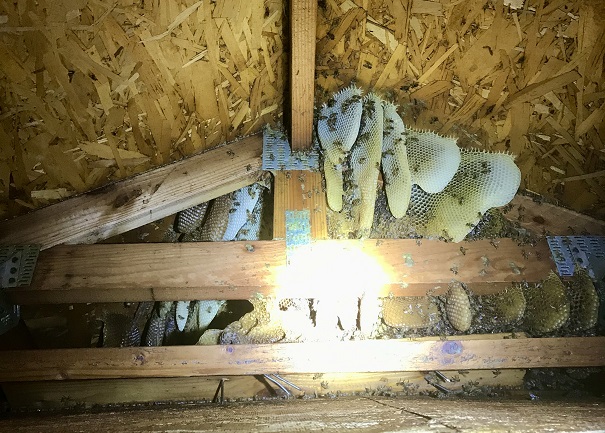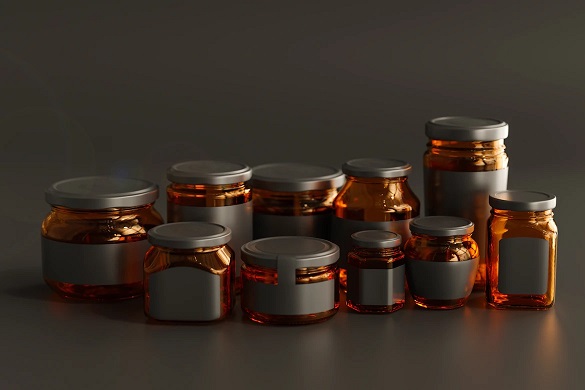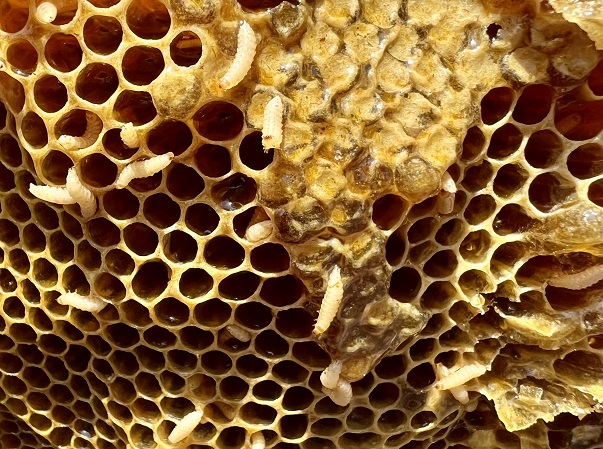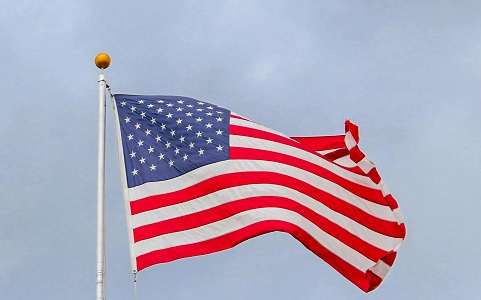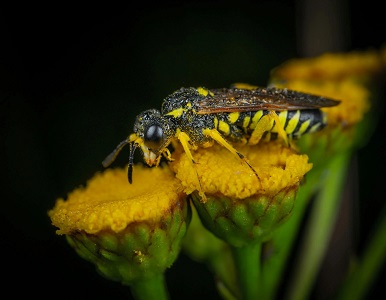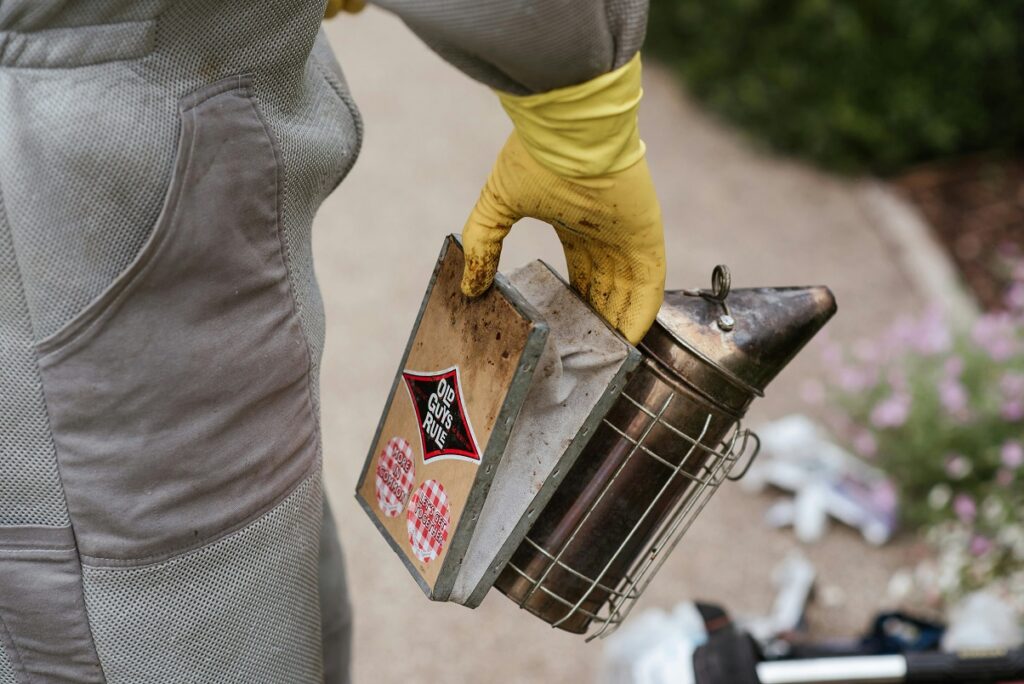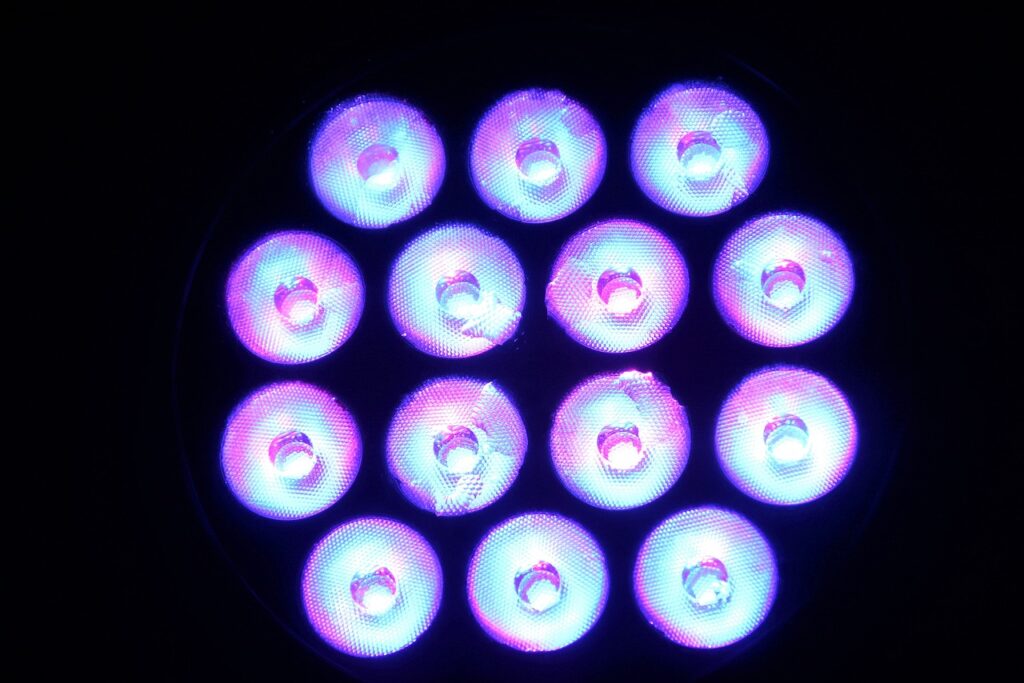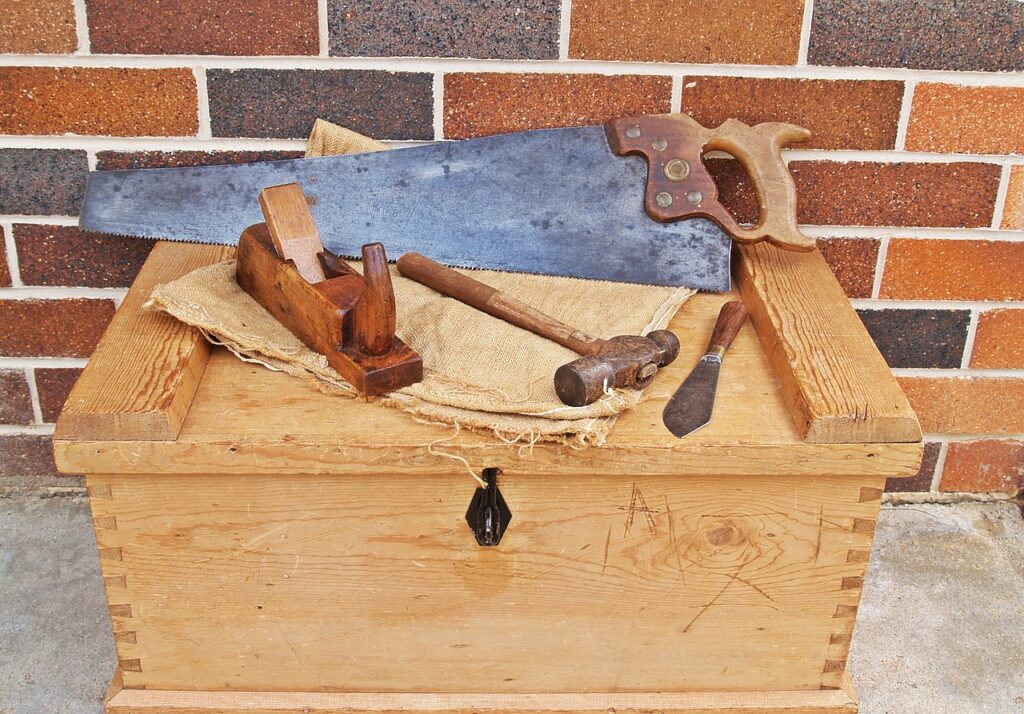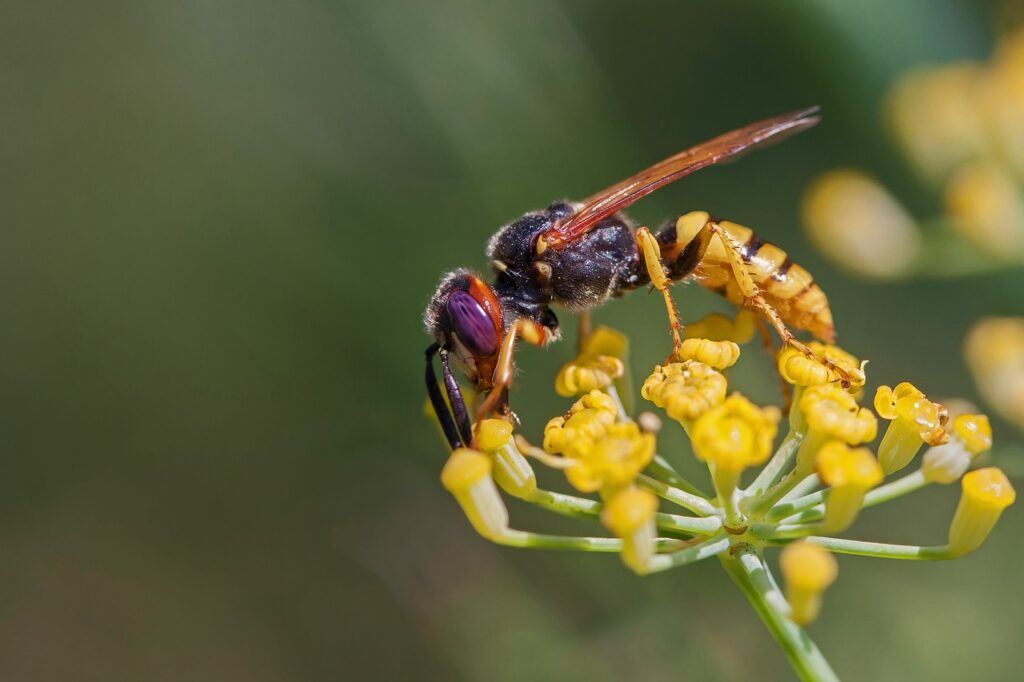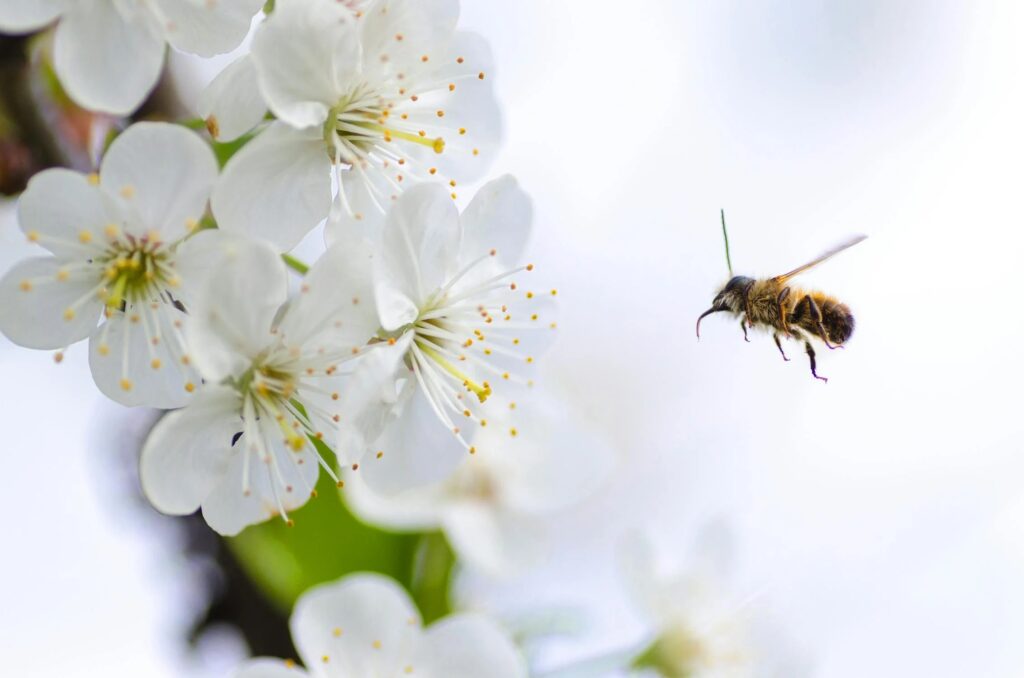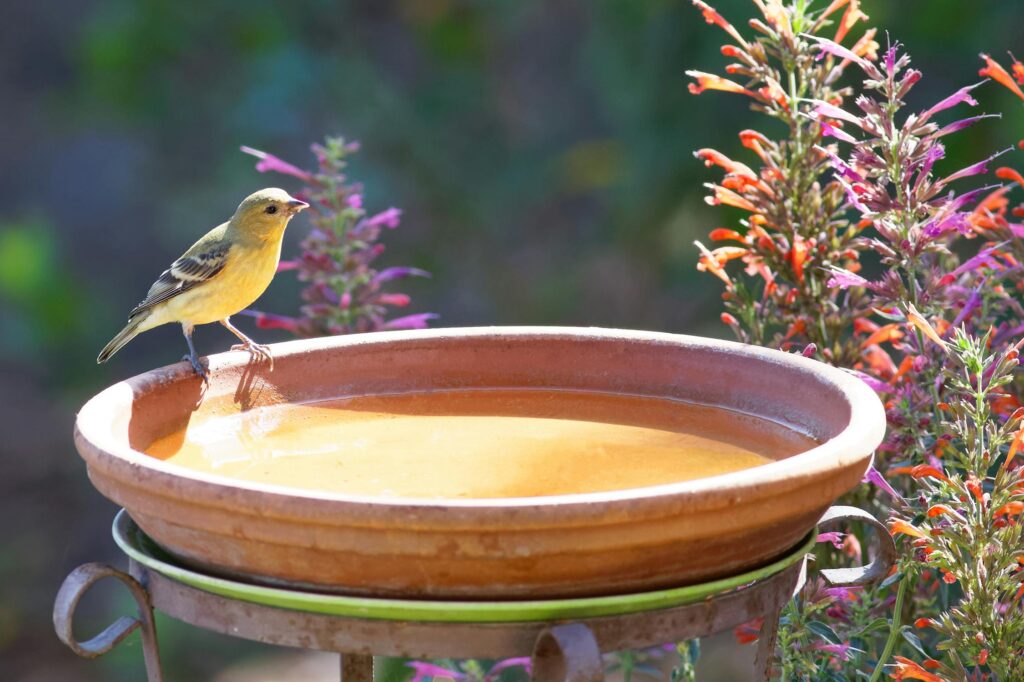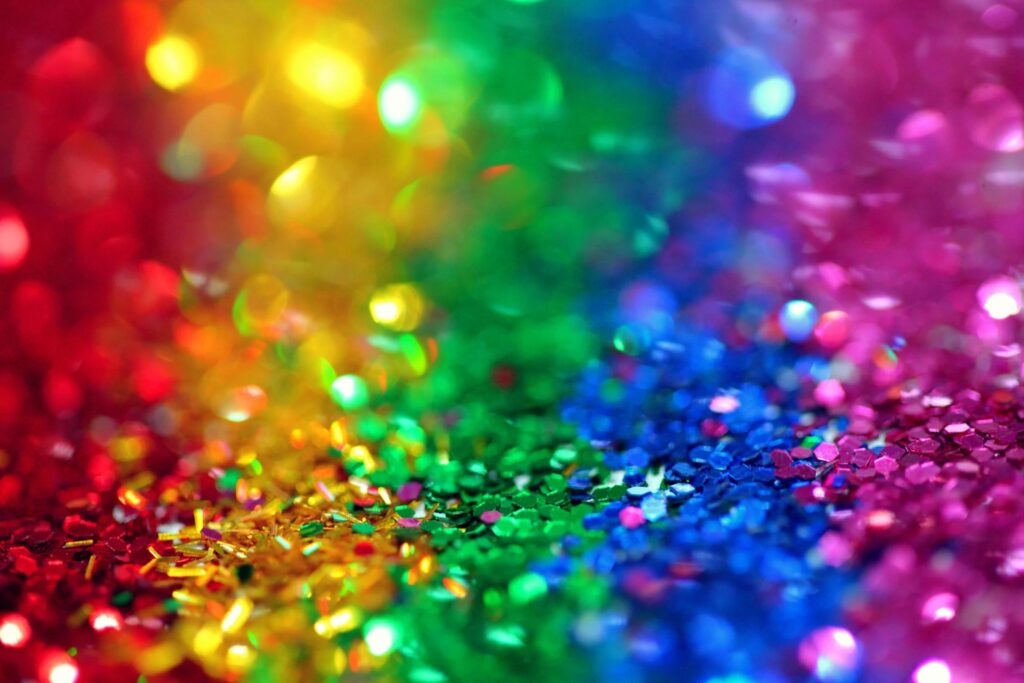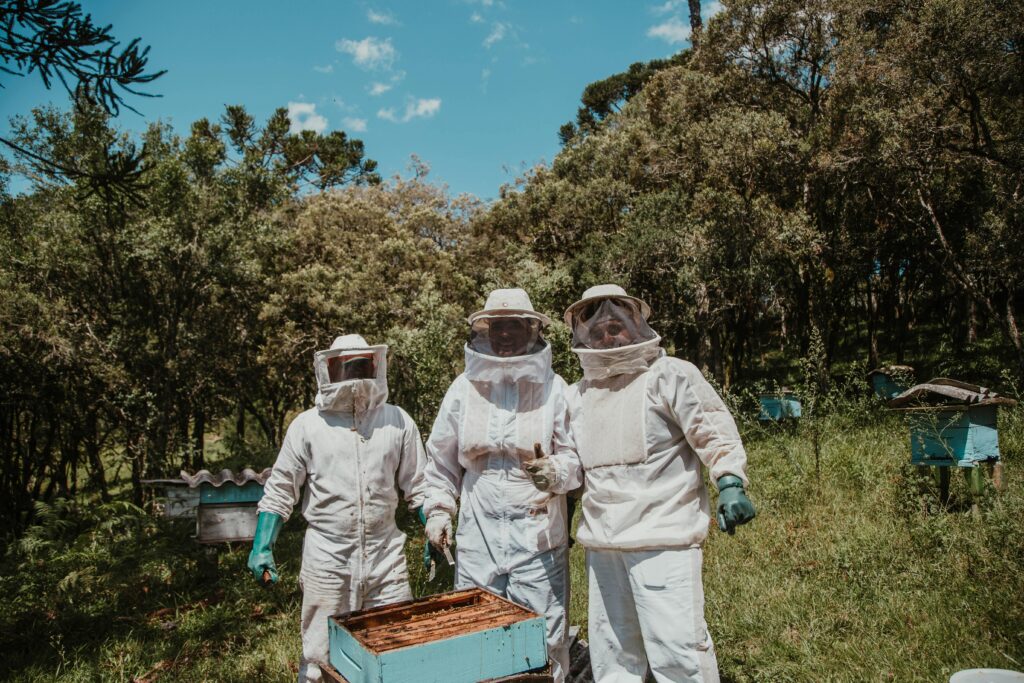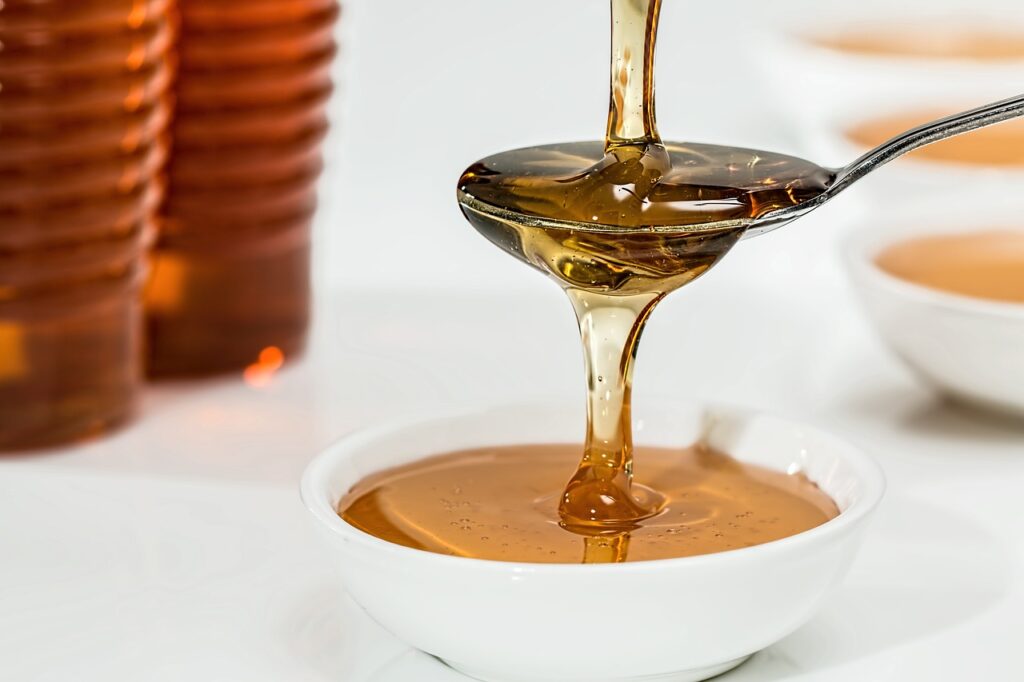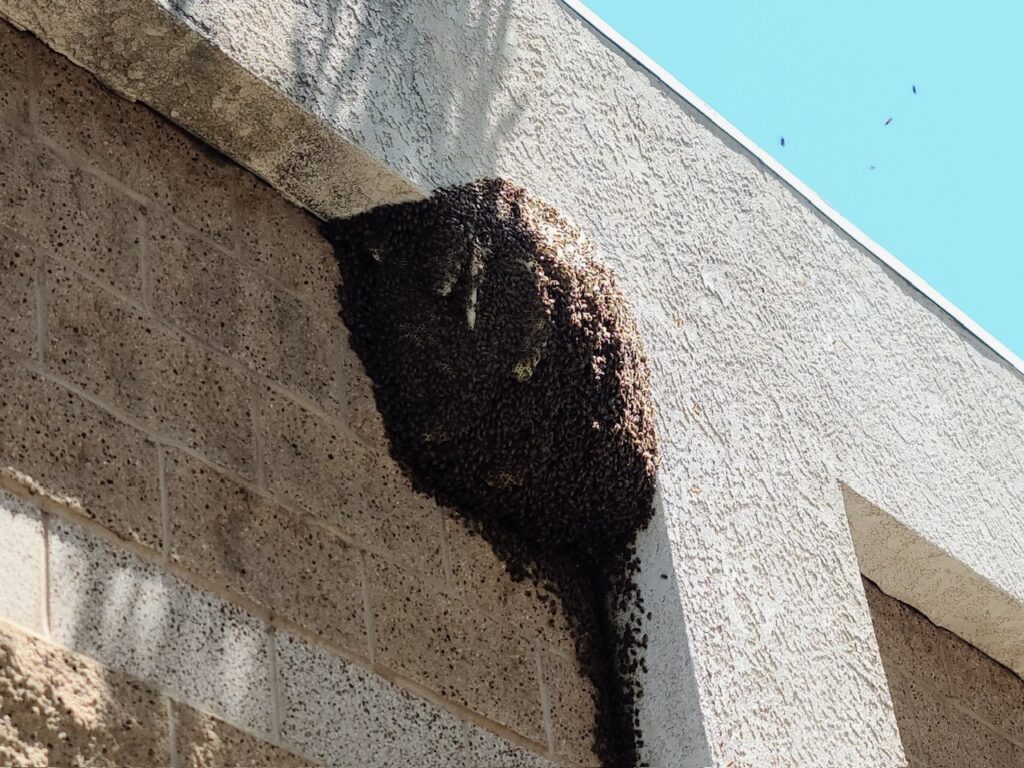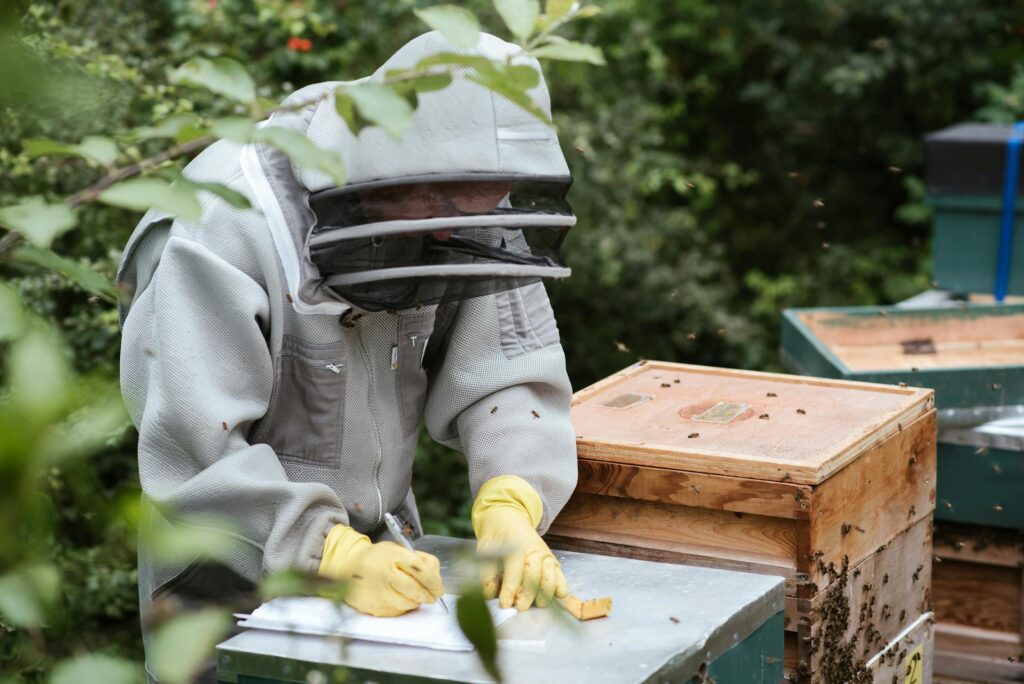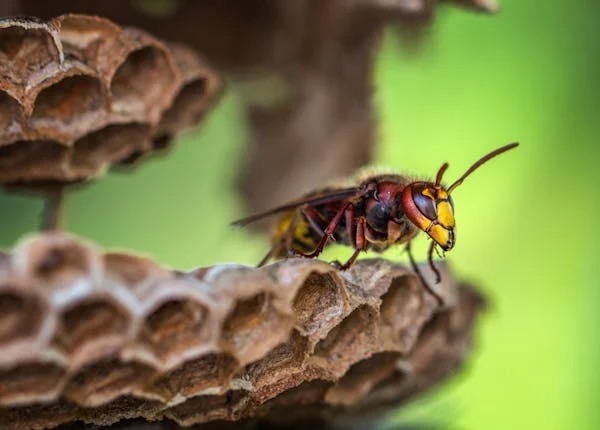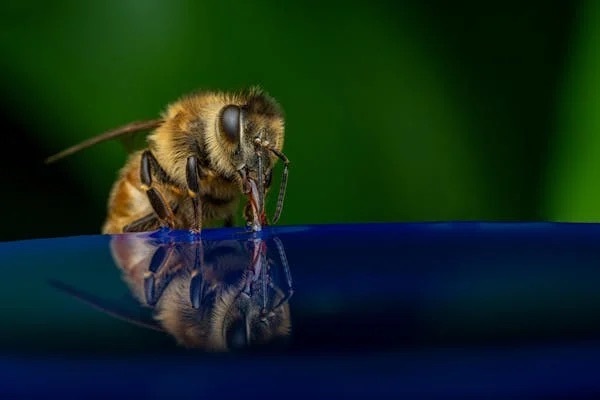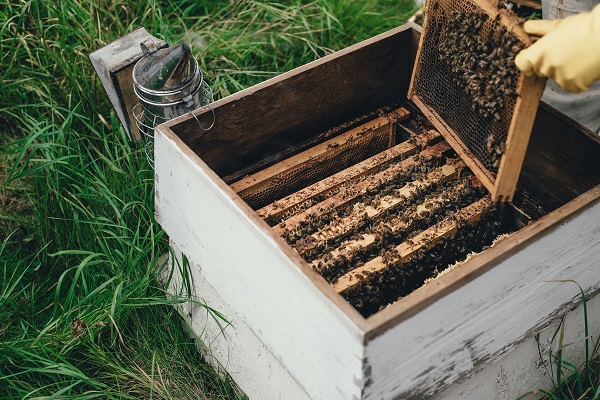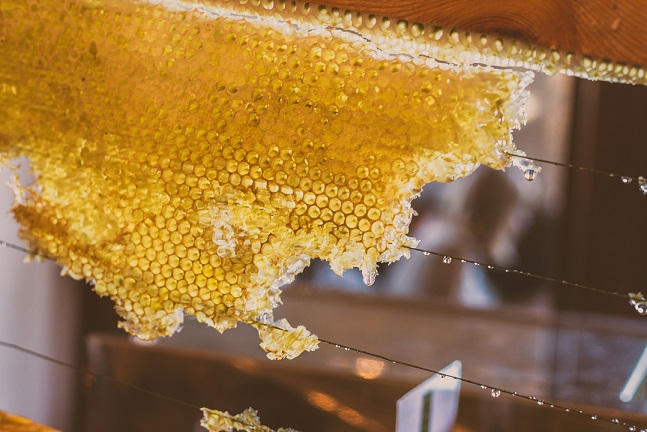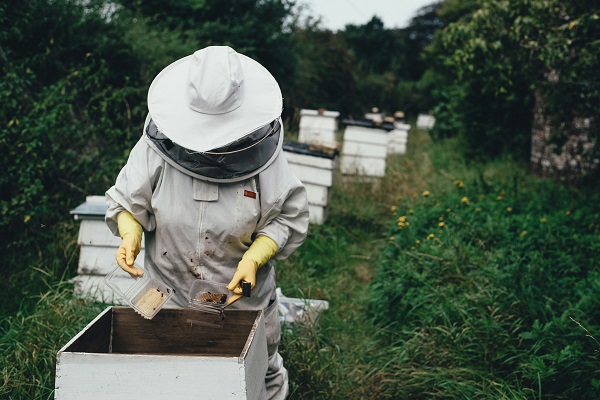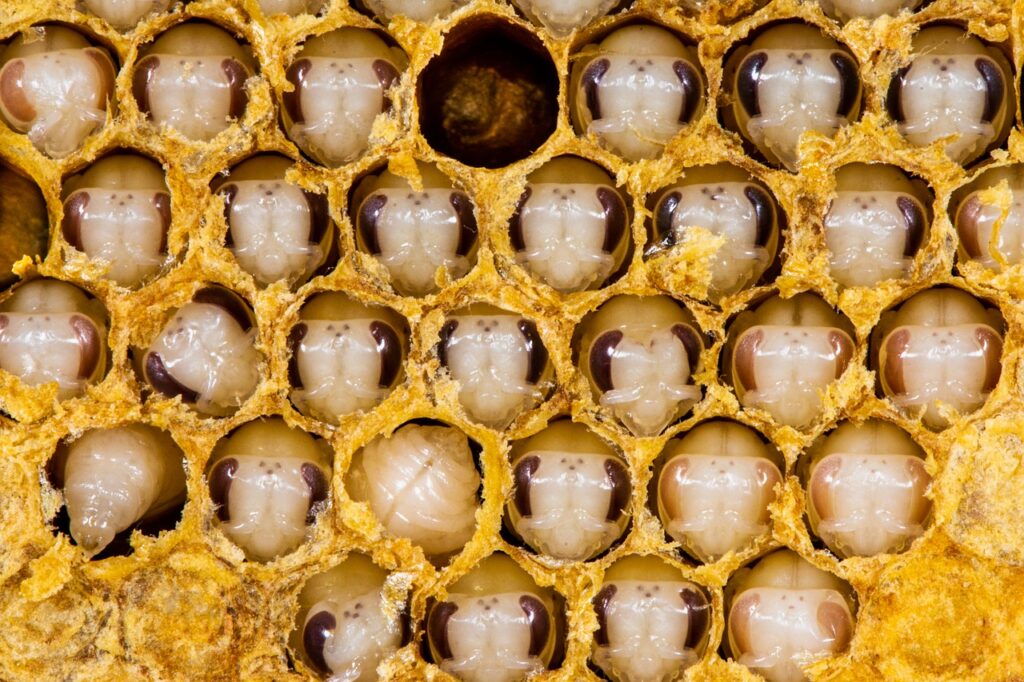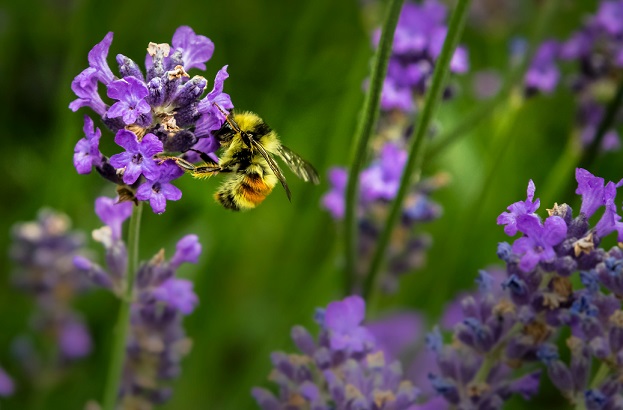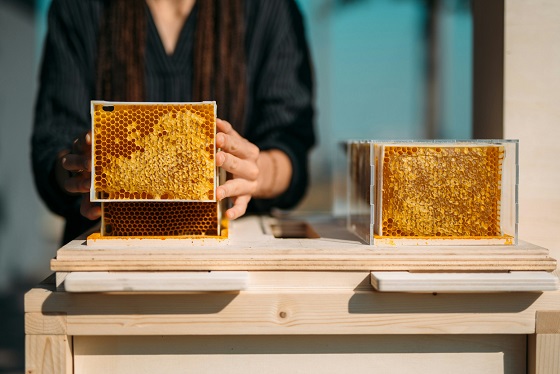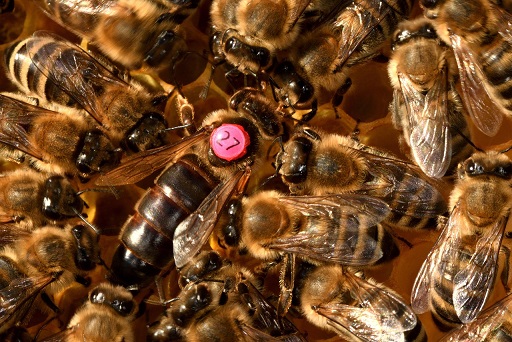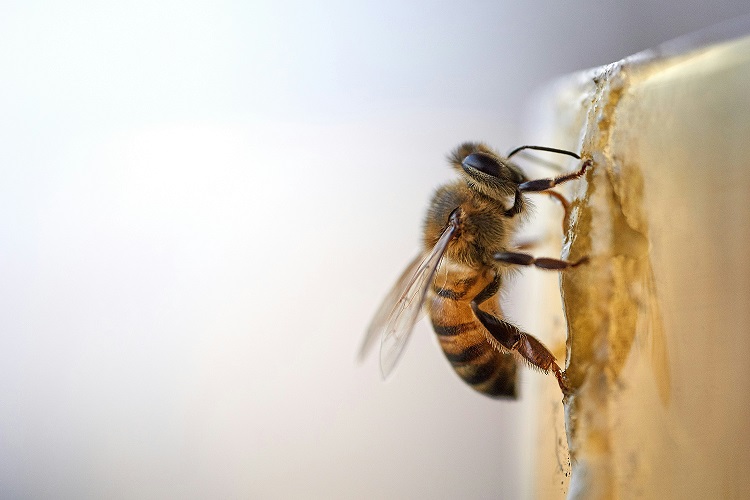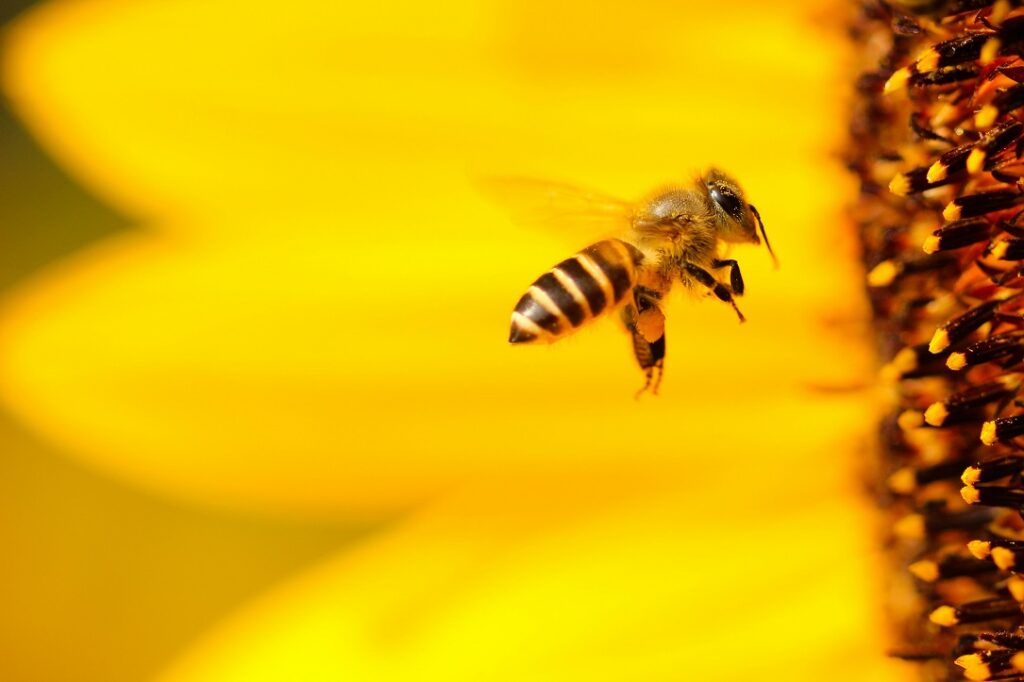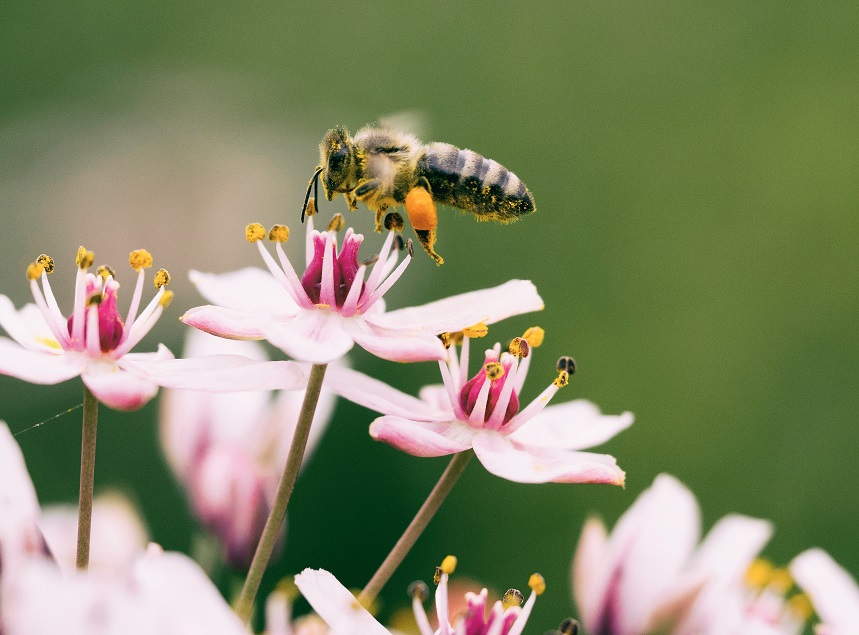Bee News
Honey vs Fake Honey
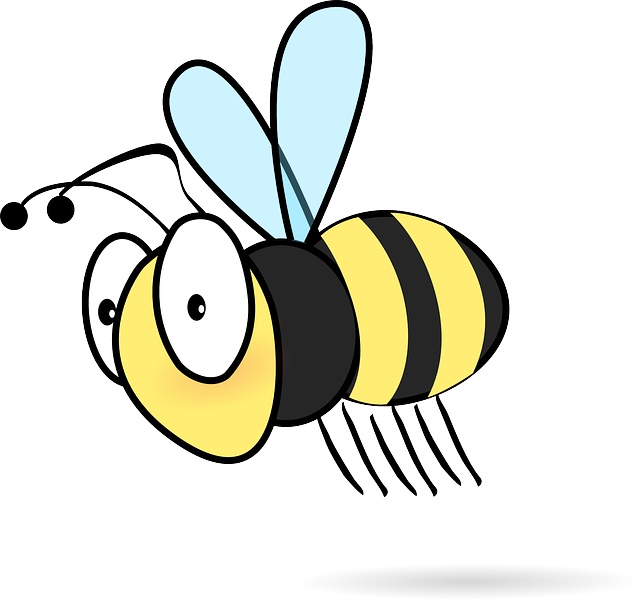


When it comes to the production and sourcing of honey, there are distinct differences between honey sold by beekeepers at weekend flea markets or swap meets and fake honey found in stores. Here’s a breakdown of these distinctions and how honey classification and sourcing play a role in determining authenticity:
1. Beekeepers at Weekend Markets: Beekeepers who sell honey at weekend flea markets or swap meets typically offer locally produced honey that is harvested from their own hives. This direct-to-consumer approach allows consumers to interact with the beekeepers, ask questions about the honey production process, and learn about the unique qualities of the honey being sold. The honey sold by these beekeepers is often raw and unprocessed, preserving its natural flavors, nutrients, and beneficial properties.
2. Fake Honey in Stores: Fake honey found in stores can vary in composition and quality, depending on the brand and manufacturing practices. Some counterfeit honey products may contain a mixture of sugar syrups, artificial sweeteners, and flavorings designed to imitate the appearance and taste of real honey. These products may lack the nutritional benefits and authenticity of pure, natural honey sourced directly from bees.
3. Honey Sourcing: Real honey is sourced from the nectar of flowers collected by honey bees, which they then convert into honey through regurgitation and evaporation processes. Honey bees play a crucial role in pollination and the production of honey, creating a natural and sustainable ecosystem. Authentic honey sourced from beekeepers at weekend markets is more likely to be genuine, unadulterated, and reflective of the local flora and environment.
4. Organic Classification: In the context of honey production, the classification of “organic” typically refers to honey that is sourced from organic-certified beekeeping practices. Organic honey is produced without the use of synthetic chemicals, pesticides, or antibiotics in beekeeping operations. While honey derived from wildflowers and other natural sources can be considered organic if produced under organic standards, the classification of honey as “organic” may vary based on regional regulations and certification requirements.
5. Wildflower vs Sugar Water Content: The composition of honey can vary based on the floral sources available to honey bees during nectar collection. Honey sourced predominantly from wildflowers and diverse botanical sources is known as wildflower honey, reflecting the floral diversity of the region. In contrast, honey produced using sugar water or syrup as a supplemental food source may not qualify as pure wildflower honey and could impact the overall quality and authenticity of the product.
In conclusion, consumers seeking authentic and high-quality honey products may prefer to purchase directly from beekeepers at weekend flea markets or swap meets, where they can engage with the producers and learn about the honey’s origins. By understanding the sourcing and production methods behind honey classification, consumers can make informed choices and appreciate the natural sweetness and diversity of genuine honey products in their culinary and health pursuits.


